Special Report
The 50 Hardest Colleges and Universities to Get Into, Ranked
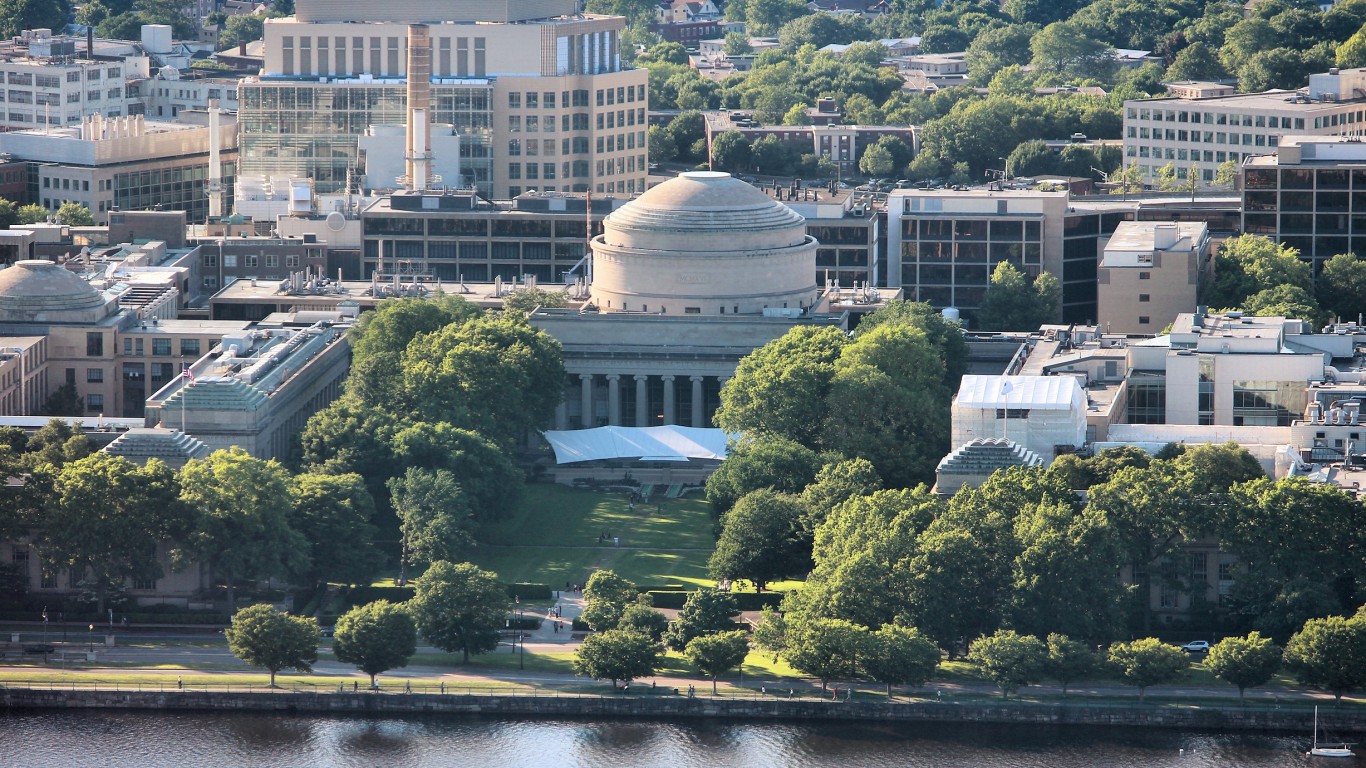
Published:

Student debt has ballooned in the United States in recent years. As of the end of 2023, Americans collectively owe some $1.73 trillion in student loans, more than double the outstanding balance at the end of 2010. With more college graduates saddled with decades of debt, many have started to question the value of a college education.
A recent Gallup poll found that the share of American adults with a high level of confidence in higher education fell from 57% in 2015 to just 36% in 2023. These attitudes are reflected in falling enrollment numbers. Since peaking at 21 million in the fall of 2010, the number of Americans attending college has declined every year. As of fall 2022, only 18.6 million Americans were attending college.
Despite the long term decline in college enrollment, data conclusively shows that a four-year college degree remains a sound investment. According to the Federal Reserve Bank of New York, the typical recent college graduate earned $60,000 in 2023, about $24,000 more than the typical worker with only a high school diploma — and for graduates of some top-tier colleges, salaries tend to be even higher. (Here is a look at the colleges with the most upward mobility.)
The U.S. is home to some of the most renowned colleges and universities in the world. With a reputation for fast-tracking graduates into rewarding careers, many top-ranked American schools review tens of thousands of applicants a year, and can only accept a small portion of them.
Using data from the National Center for Education Statistics, 24/7 Wall St. identified the 50 hardest colleges and universities to get into. The schools on this list were identified using a two-part index composed of the admissions rate – the share of applicants who are offered admission – and the median SAT score among students admitted in the fall of 2022. Supplemental data on the average annual cost of attendance, median earnings 10 years after entry, and the graduation rate — or the share of students who graduate within eight years after entry — are from the U.S. Department of Education.
Every school on this list admitted fewer than one in every five applicants. For several schools on this list, the admissions rate is less than 5%. Median SAT scores at these institutions range from 1450 to 1560 out of a maximum possible score of 1600. The exact criteria these schools use to decide who is accepted varies but generally include personal statements, high school transcripts, extracurricular activities, and standardized test scores – like the SAT.
These schools include well known Ivy League institutions, like Brown, Harvard and Yale, major research institutions like Carnegie Mellon and MIT, and small liberal arts colleges and universities, like Amherst, Colgate, and Williams.
While the benefits of earning a degree from any one of the schools on this list can extend beyond the working world, incomes among former students underscore the high standing graduates from these institutions have in the job market. Median incomes among graduates 10 years after enrollment exceeds the median among all recent college graduates in all but one school on this list, and the typical graduate from many of these schools earns at least $90,000 a decade after enrolling. (Here is a look at the college majors most likely to earn six figures.)

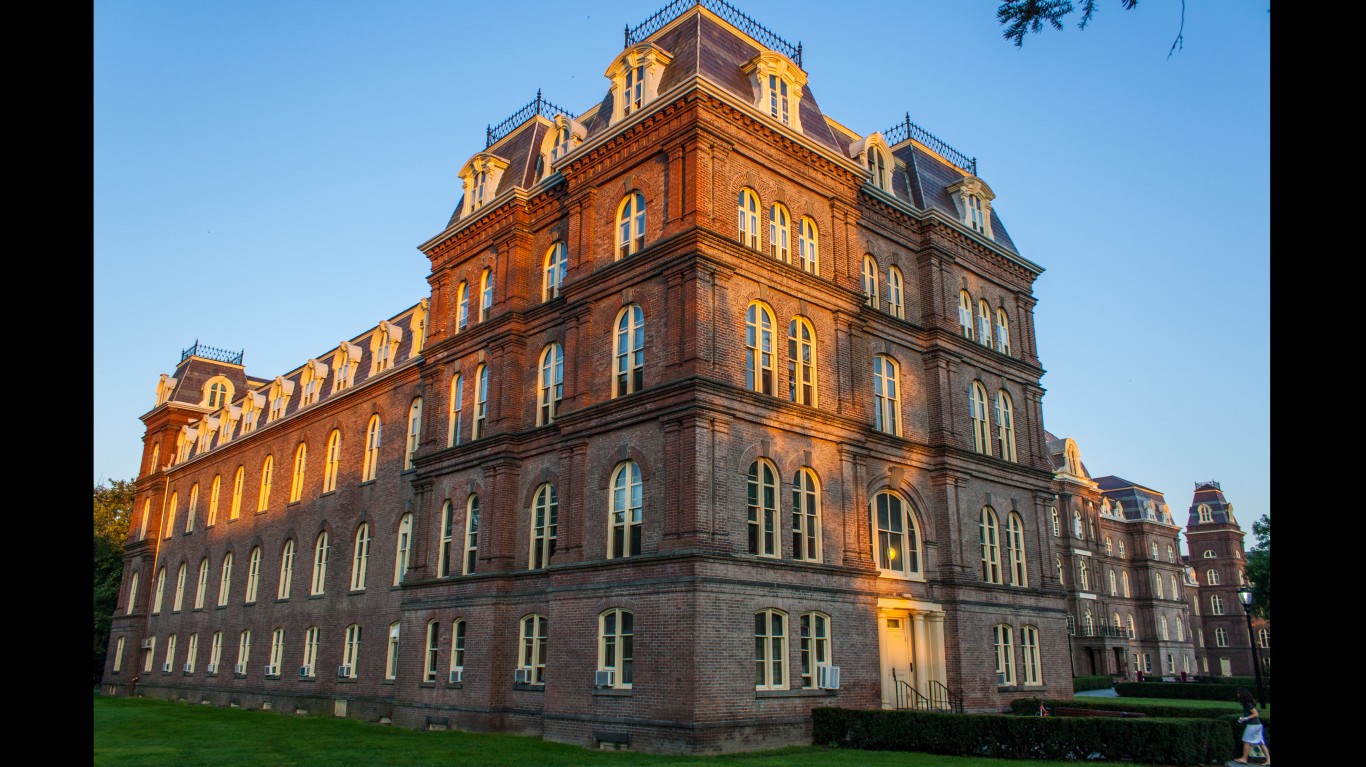


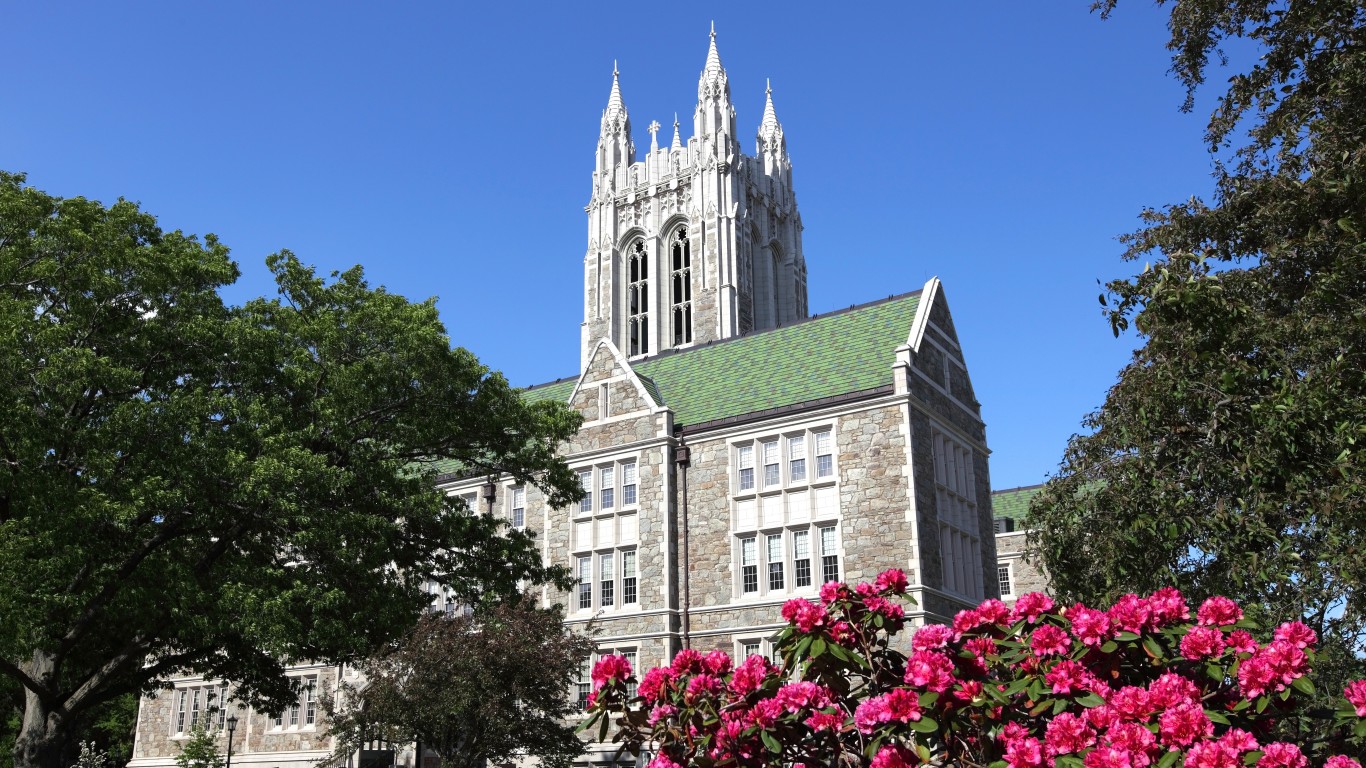

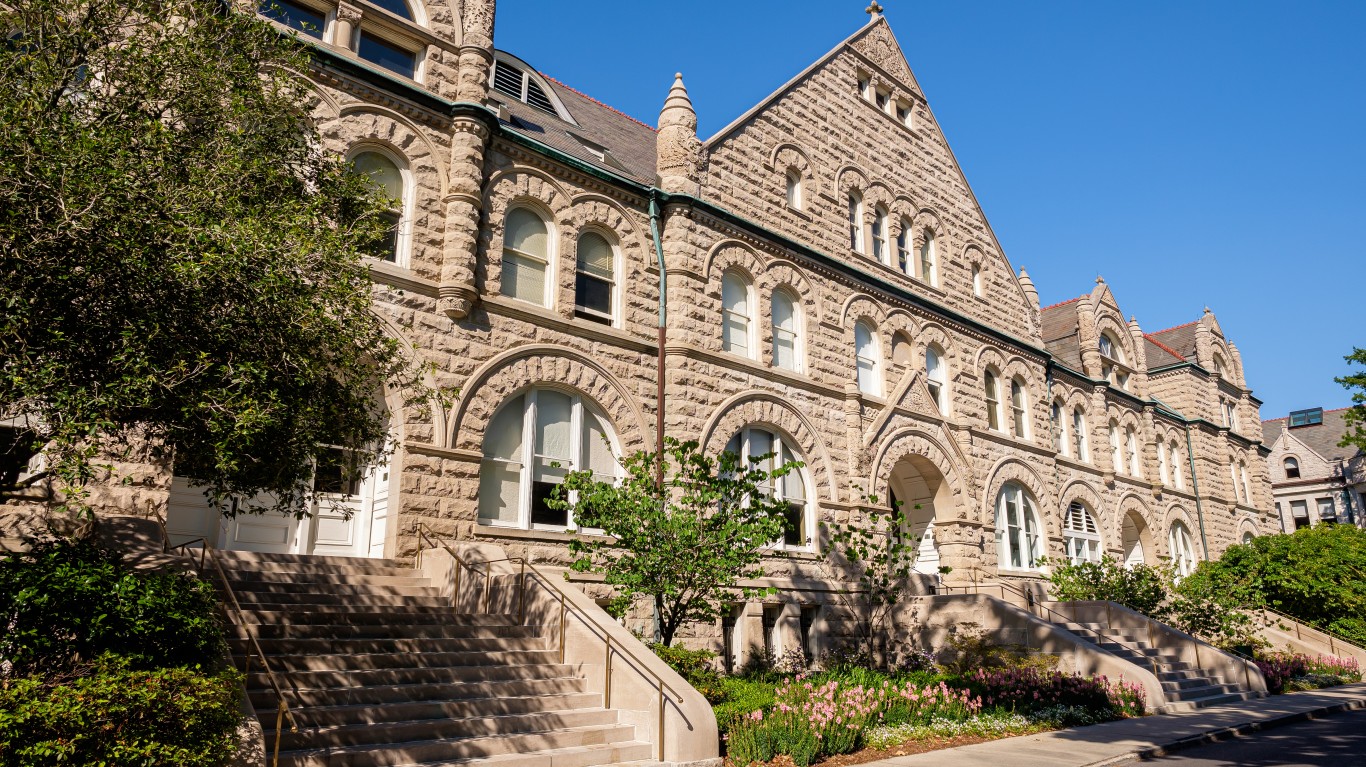





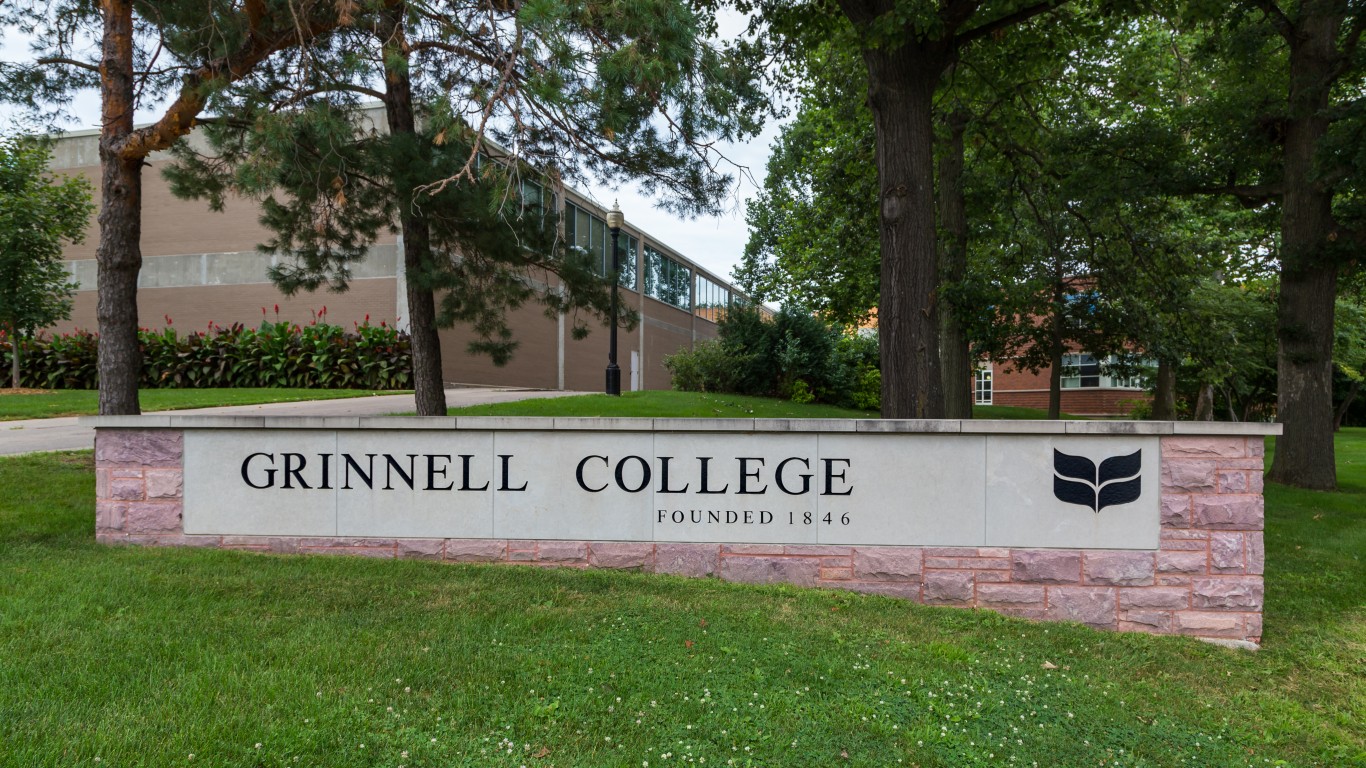


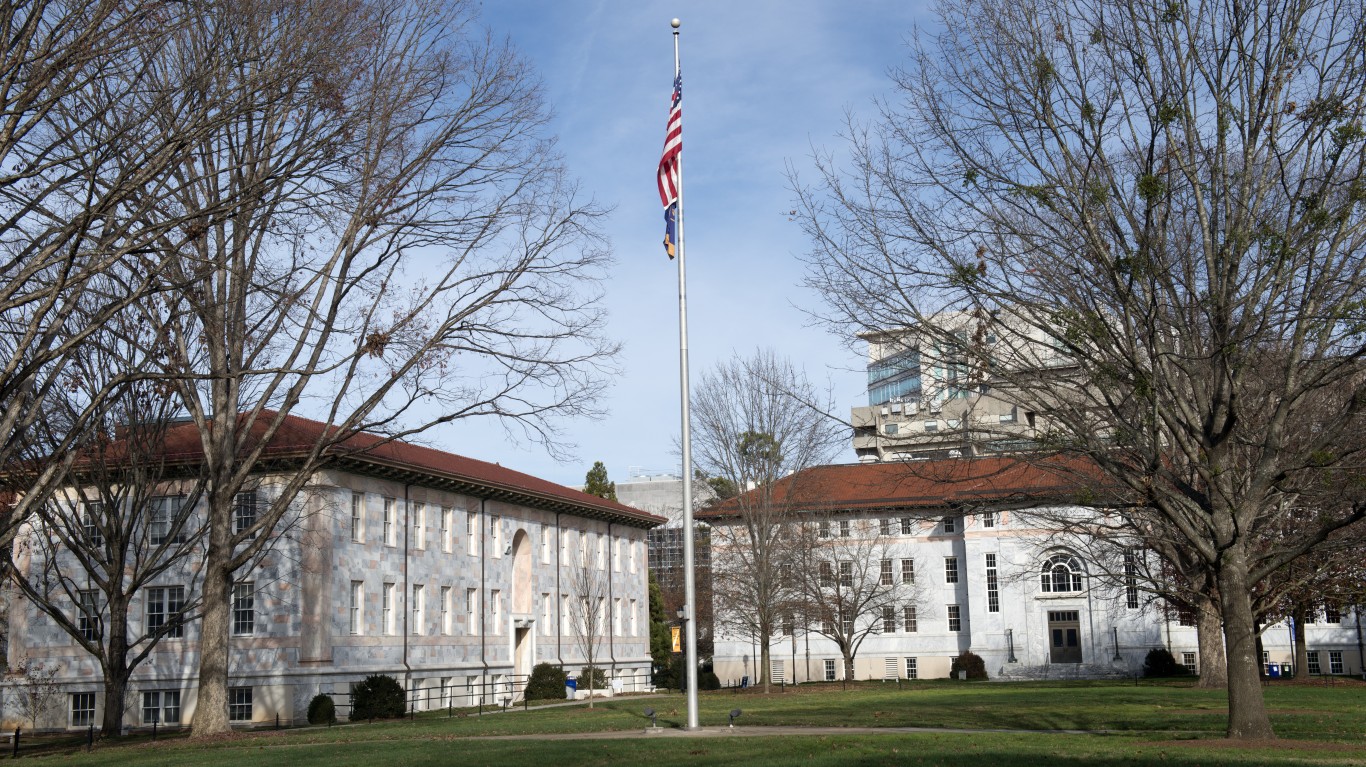


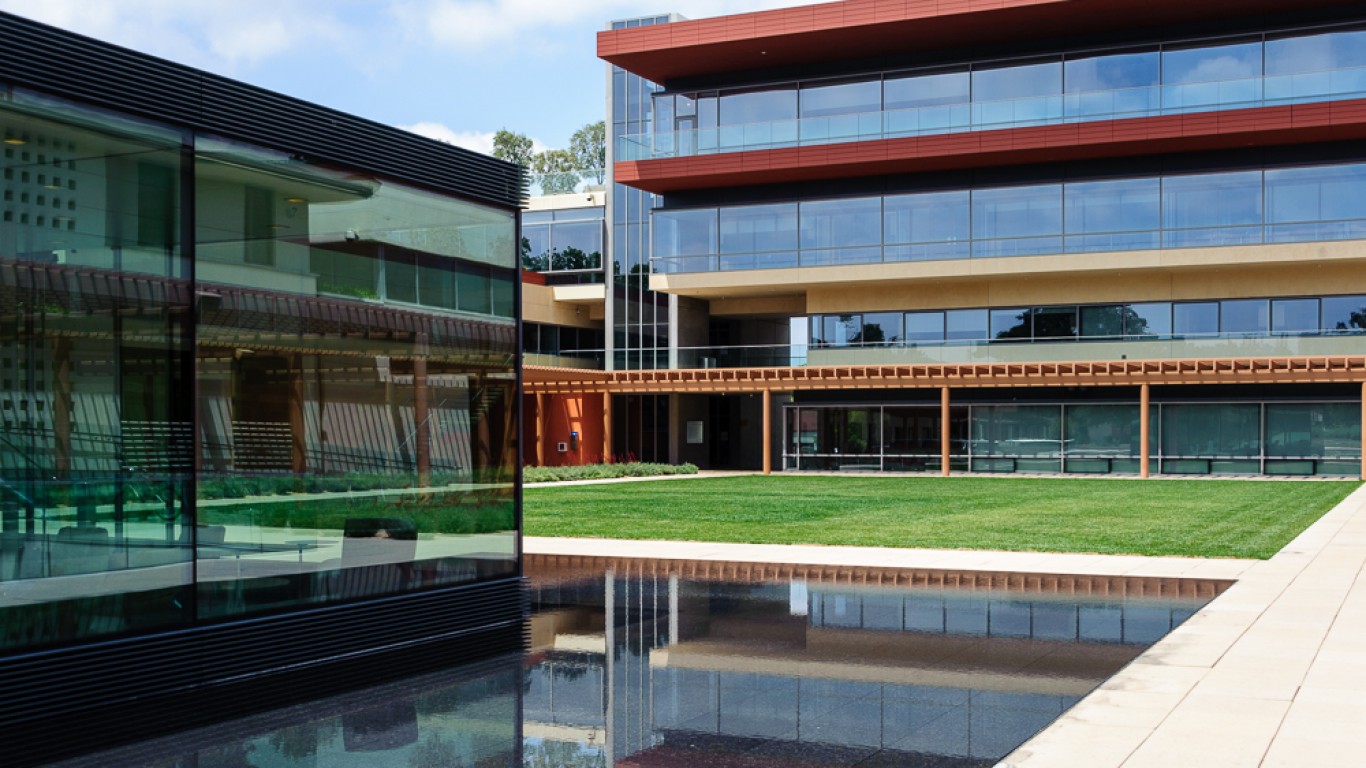
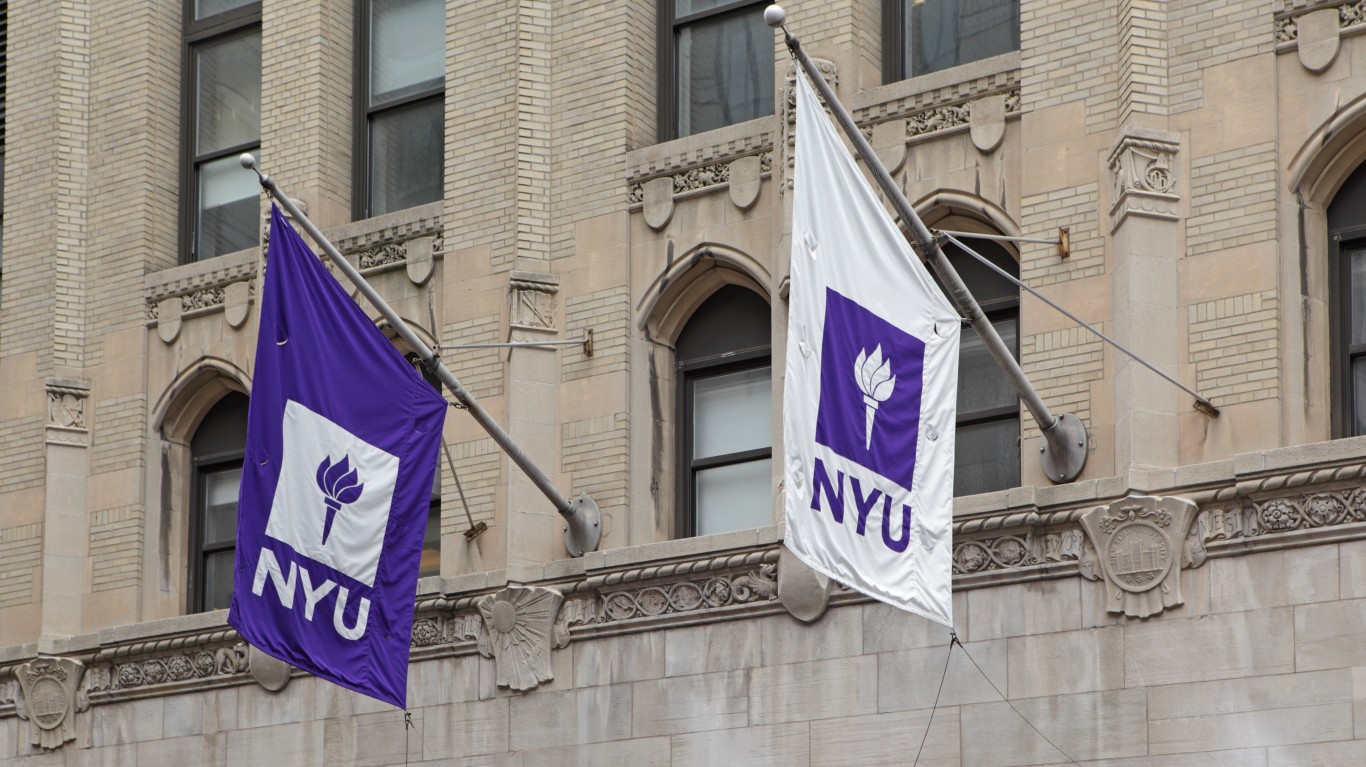




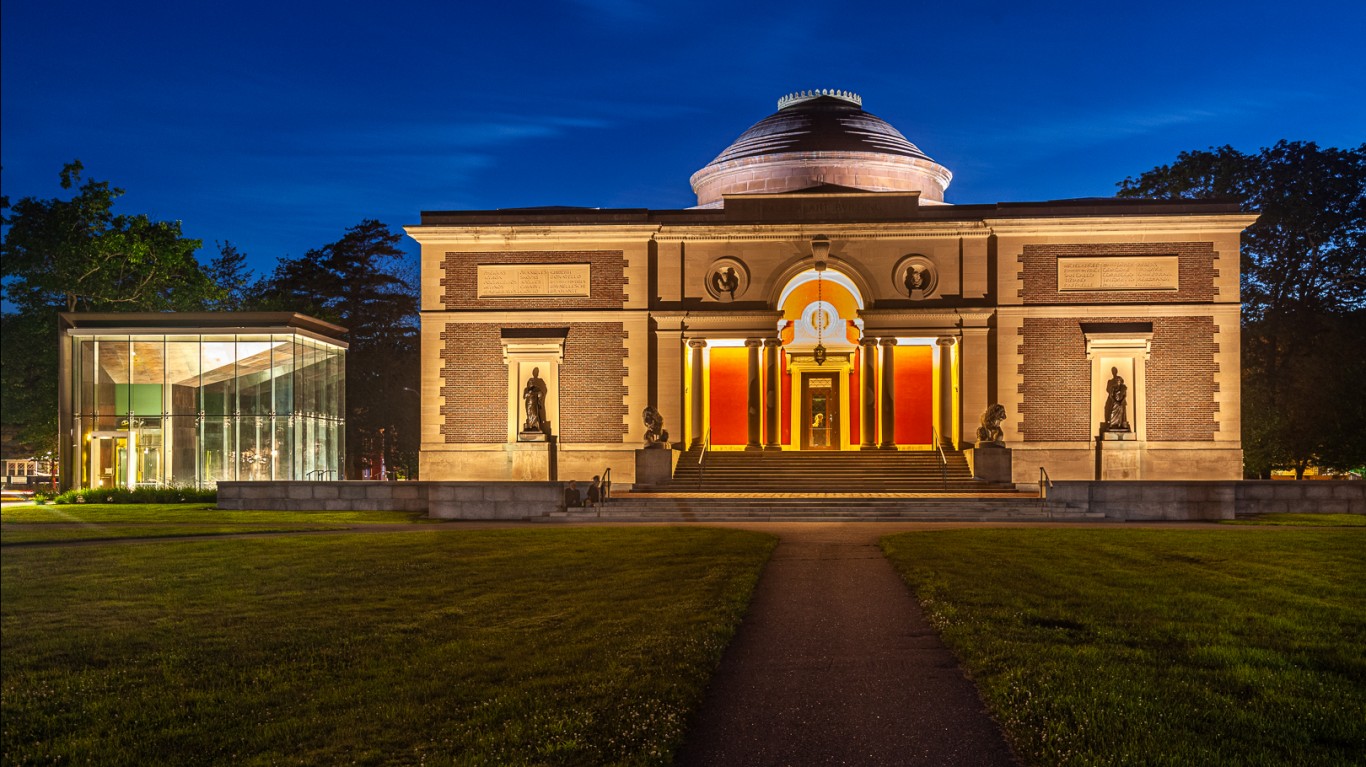



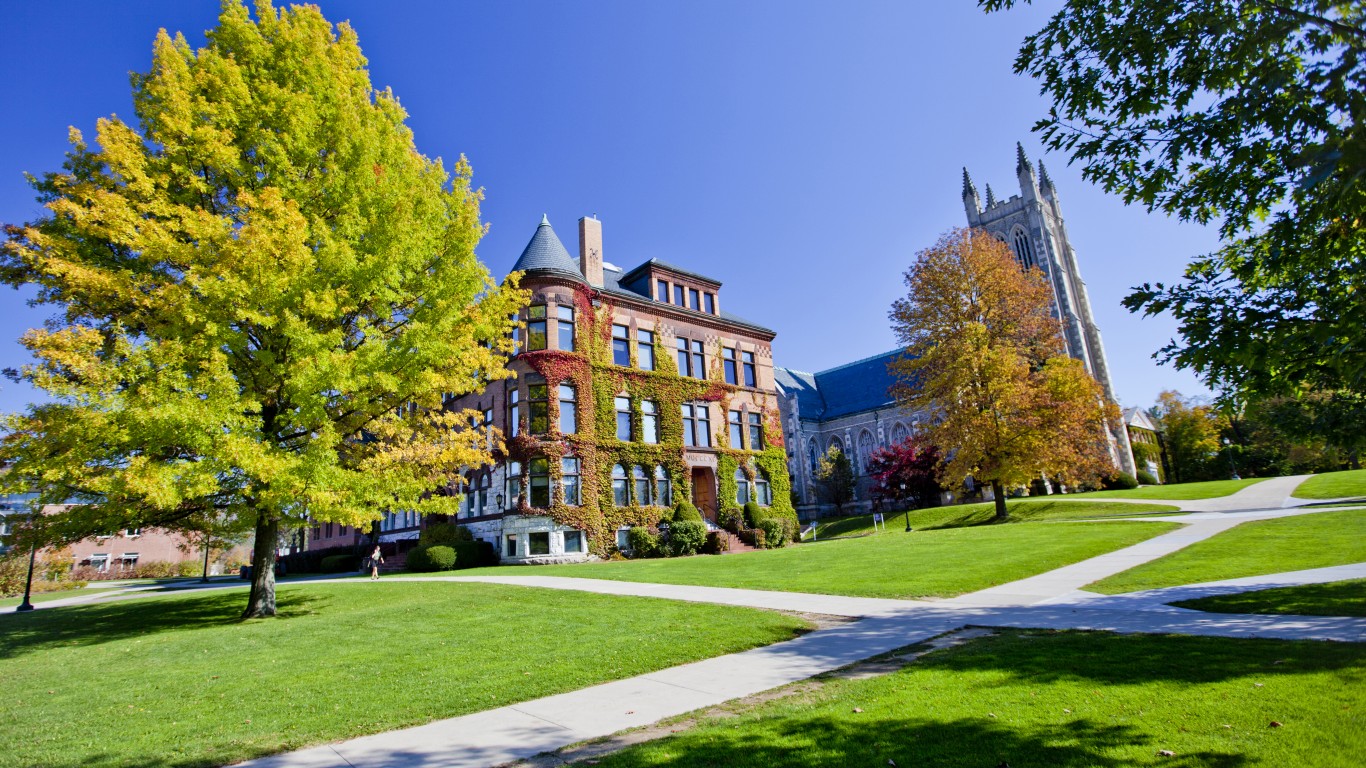



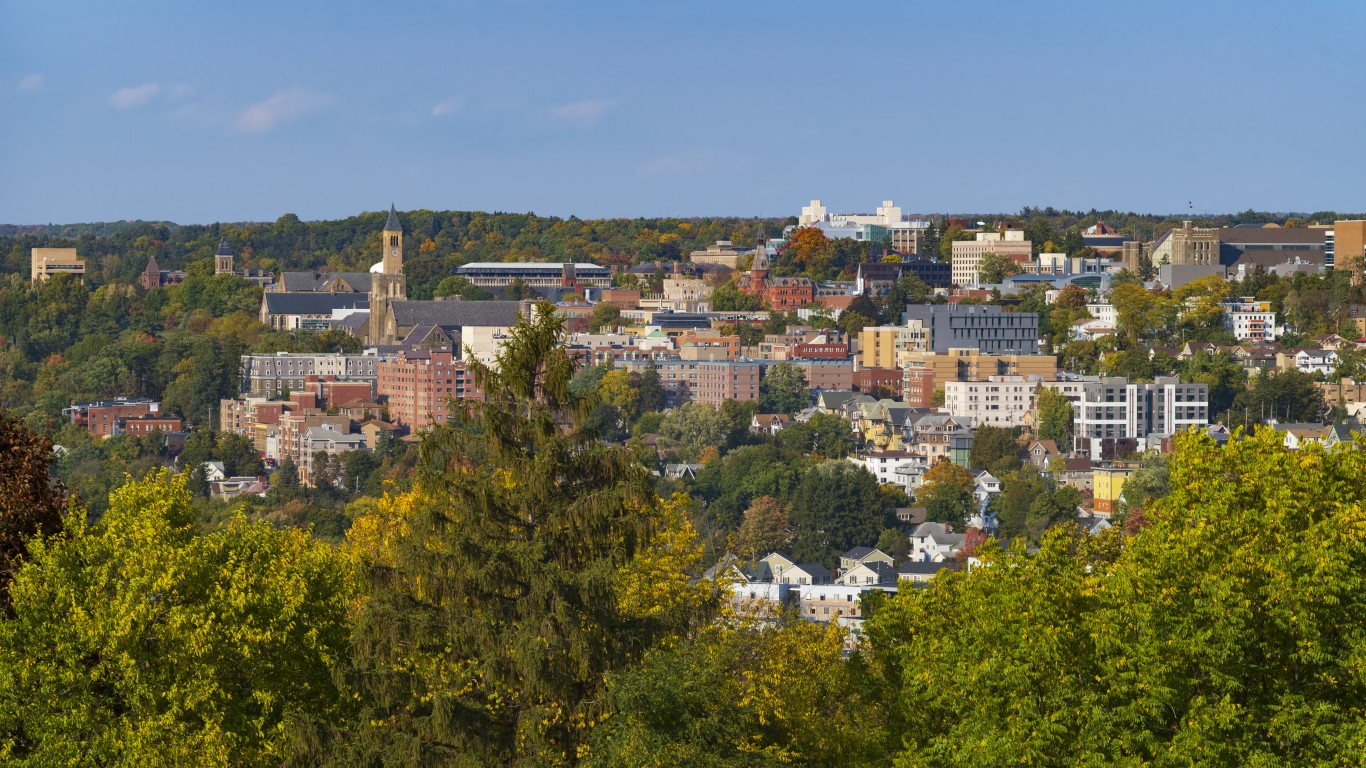
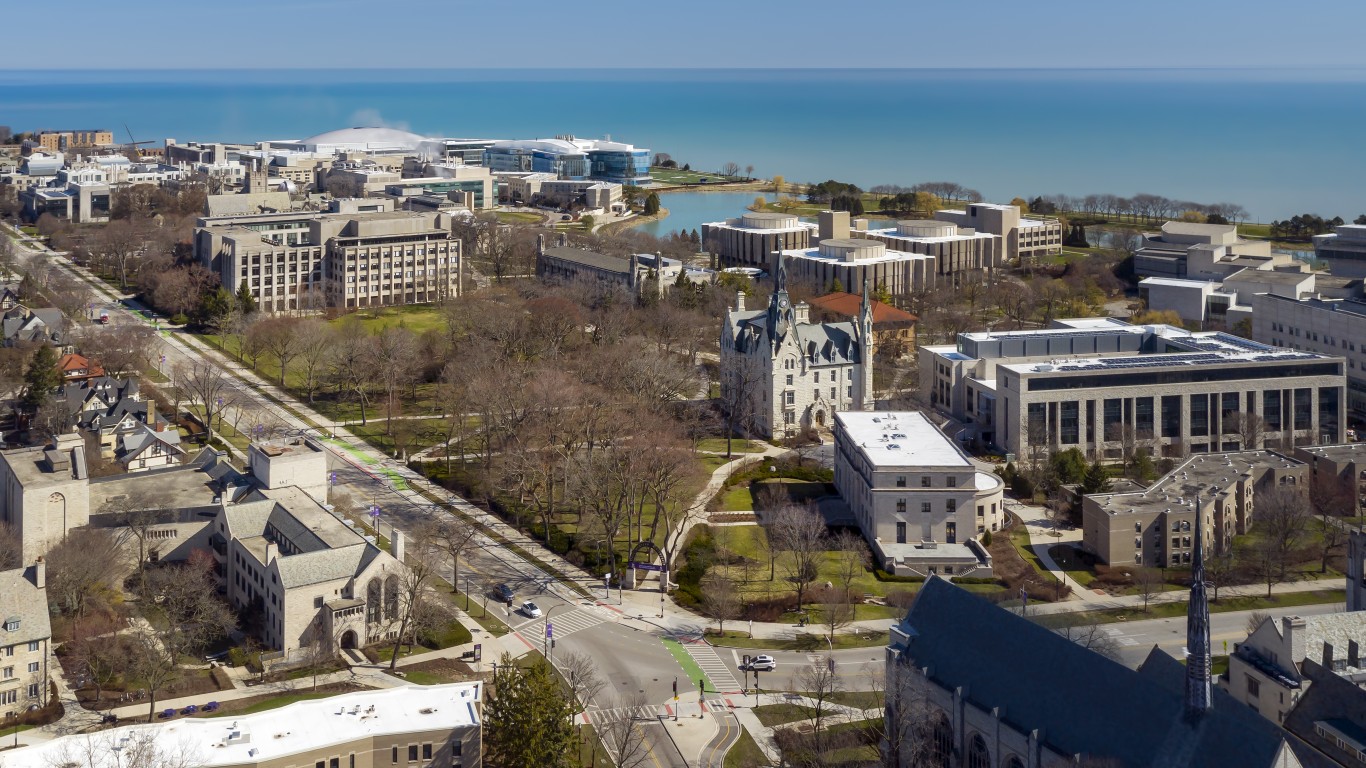



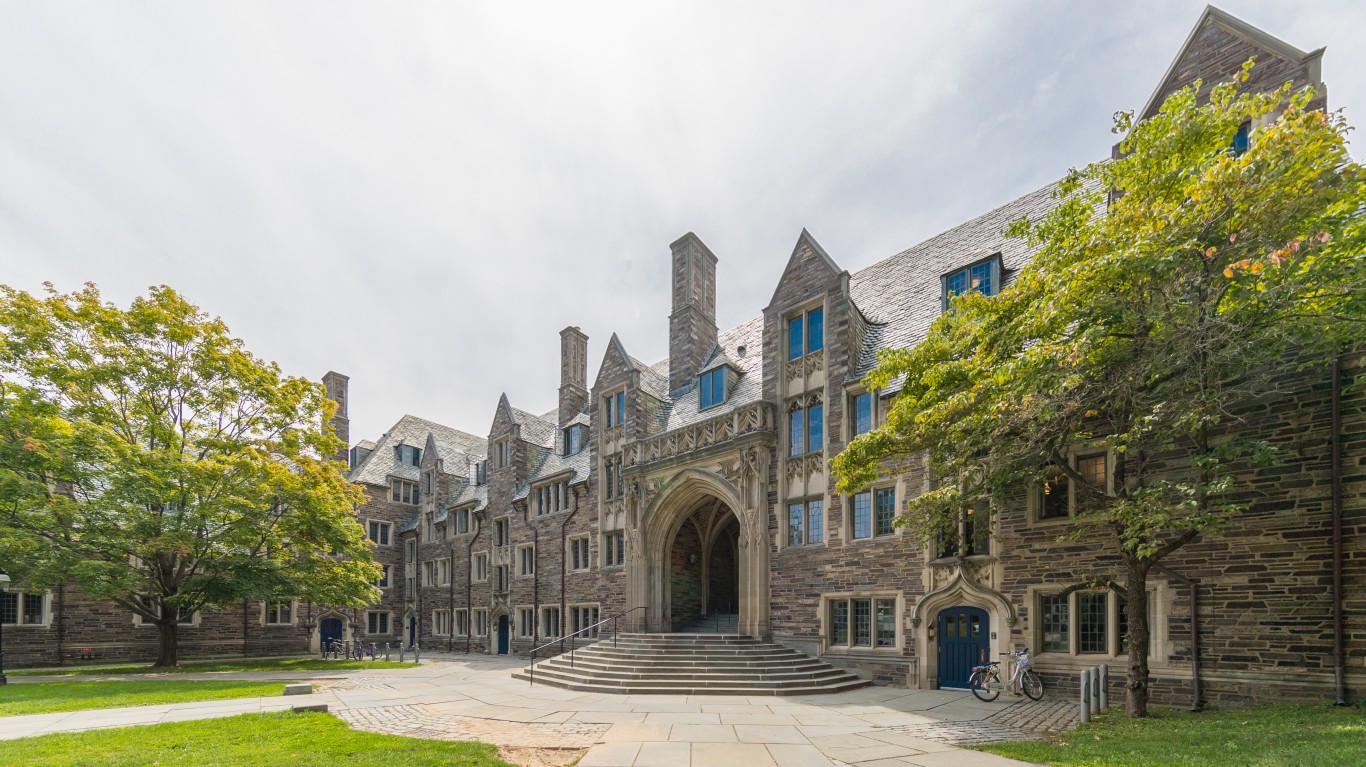
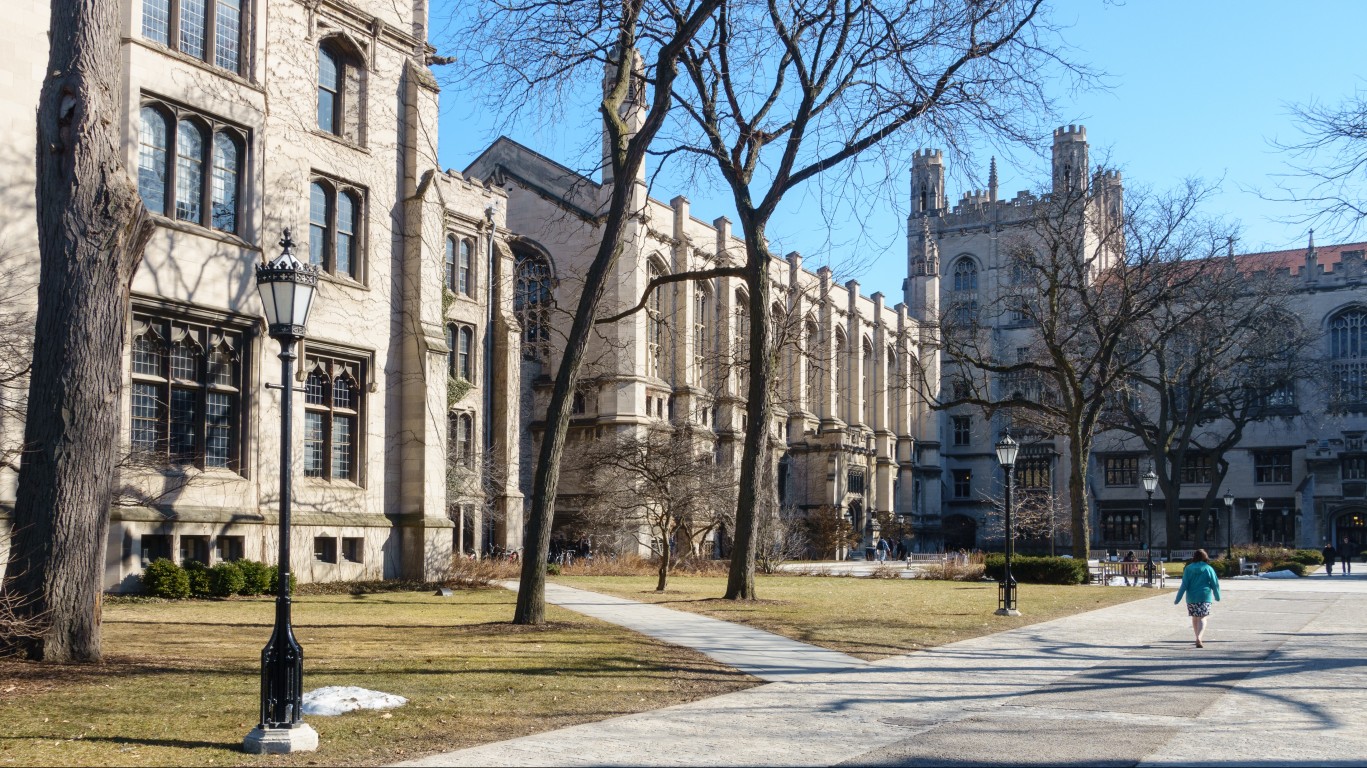
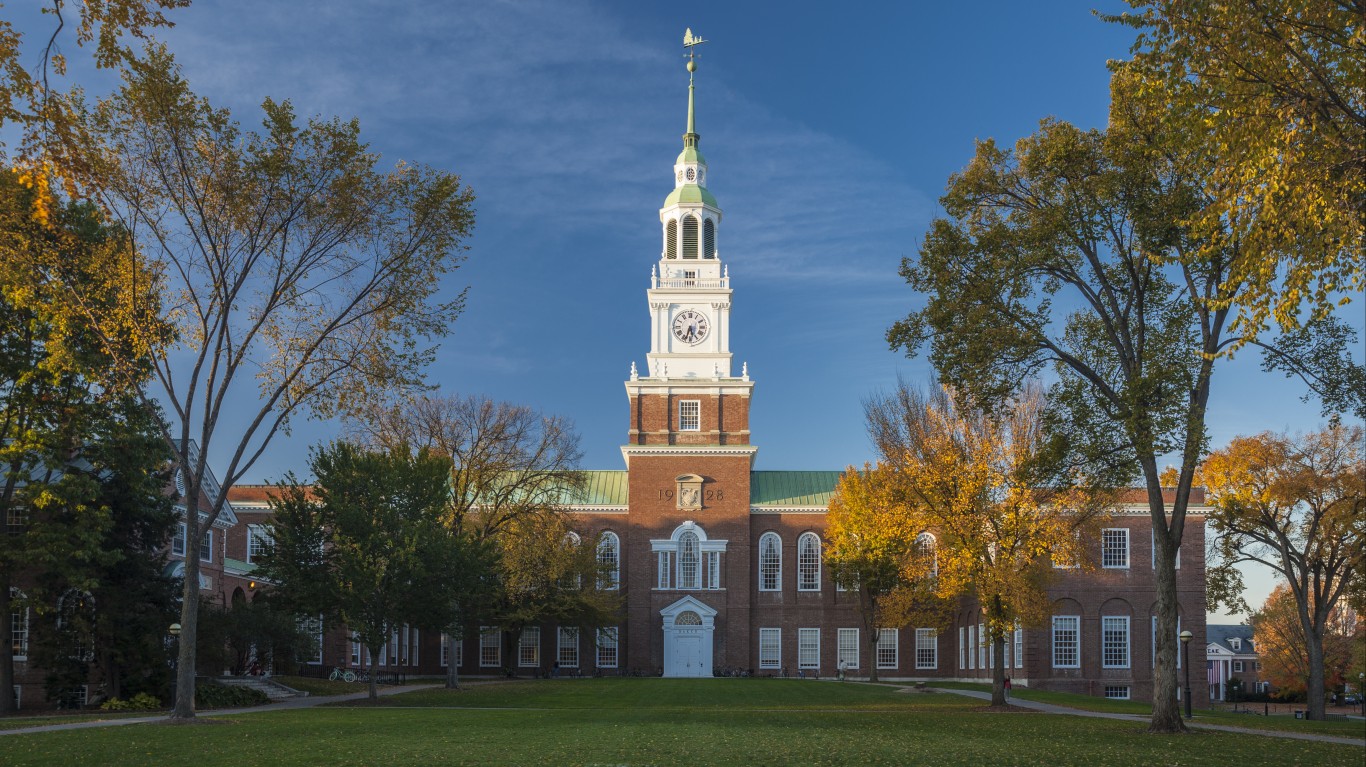

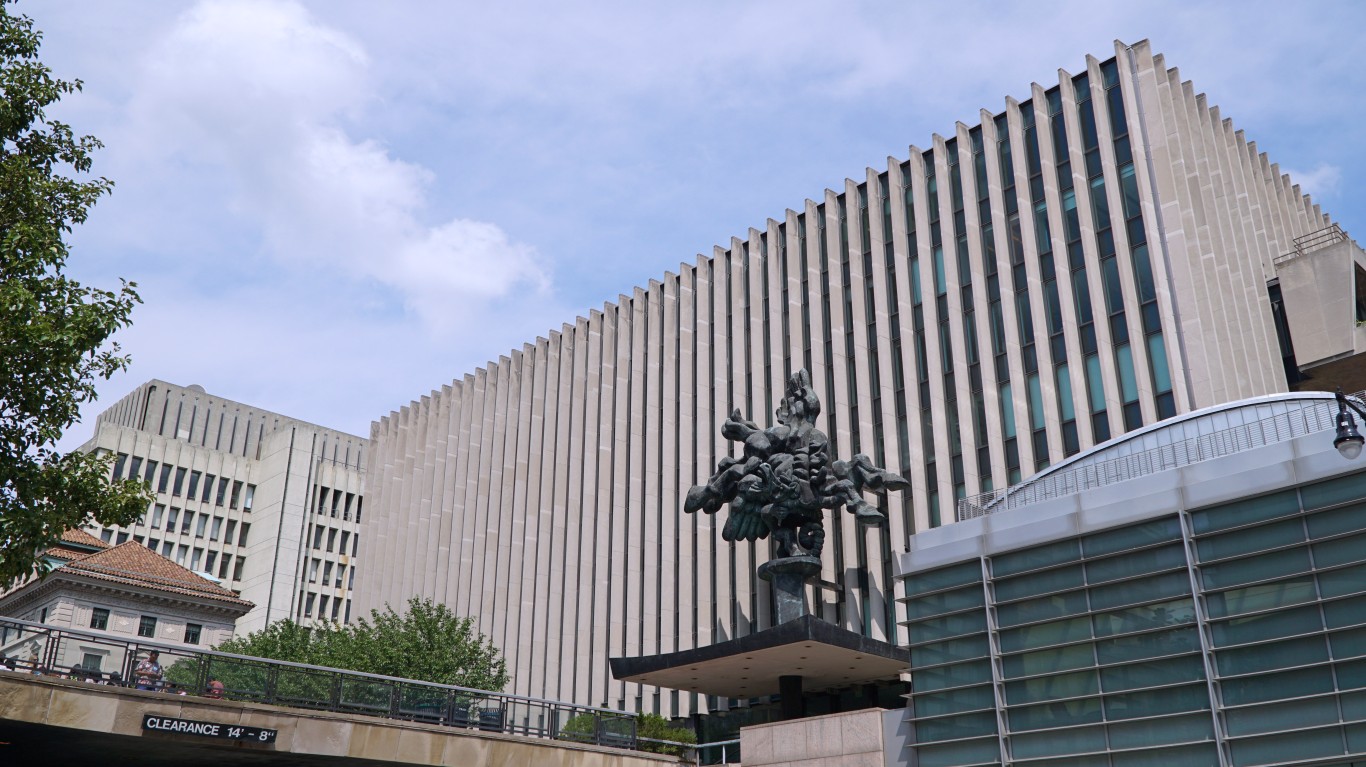





Start by taking a quick retirement quiz from SmartAsset that will match you with up to 3 financial advisors that serve your area and beyond in 5 minutes, or less.
Each advisor has been vetted by SmartAsset and is held to a fiduciary standard to act in your best interests.
Here’s how it works:
1. Answer SmartAsset advisor match quiz
2. Review your pre-screened matches at your leisure. Check out the advisors’ profiles.
3. Speak with advisors at no cost to you. Have an introductory call on the phone or introduction in person and choose whom to work with in the future
Thank you for reading! Have some feedback for us?
Contact the 24/7 Wall St. editorial team.